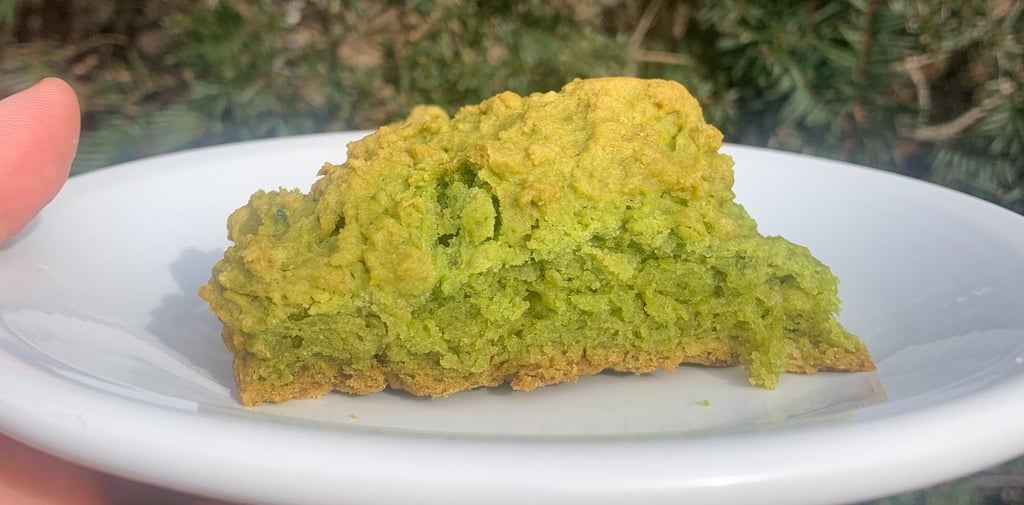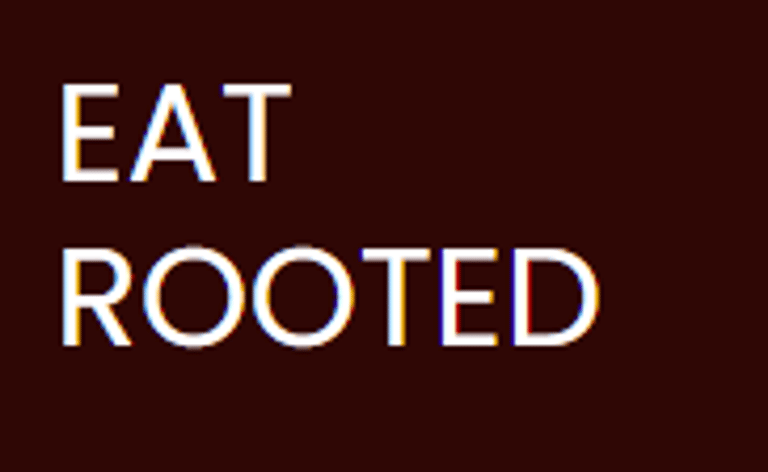On Ireland: Soda bread, colonialism, and the Great Famine
It’s about that time of year when I get on my soapbox about soda bread
COOKINGBAKINGCULINARY HISTORY
3/2/20254 min read


It was the late 1800s, and my grandmother's grandmother walked for several days to get to the ship in Galway. Her family had survived the famine, but now her community was being decimated by scarlett fever. Along the route, they slept in garages and barns. She was only a teenager.
This story is the most detailed one that has been passed down to me about this time. I have other ancestors that I can only presume shared a similar experience, but I’m told they never spoke of it. They were reluctant to even acknowledge the fact that they were Irish, let alone speak the language or talk about their trauma.
When they came, they were starving. Their language had been taken from them, because children in British-run schools were beaten, one strike for every time throughout the day that they spoke Irish. They overcooked their food so much, because they came from a time and place where the only food they had was rotten. Boiling it for ages was an attempt to make it safe to eat.
But it didn’t have to be this way. Did you know that the Great Famine was not just a natural disaster? Although the potatoes suffered a fungal blight, other crops did not. Only the poor starved, because only the poor relied on potatoes. They were not allowed to own land, and could not afford to rent much space from British landlords. They relied on potatoes because they could grow much more of it in a small space than grain, so that’s what they did (about half of the country relied on potatoes as their main food source). British estates that grew grain and other food continued to export it to Britain while the potatoes rotted. As a result, nearly one million Irish people starved. Another one million had no choice but to emigrate. If this is not a cautionary tale about colonial violence and the dangers of reliance on a single non-native monocrop, I don’t know what is.
It is around this time that soda bread arrived on the scene. Irish soda bread is not an old recipe, and it has not been passed down for more than a few generations. Wheat doesn’t grow very well in Ireland, and bread is not a traditional Irish food. For most of Irish history, wheat flour was an expensive luxury item, imported only for the very wealthy. Before the introduction of potatoes, the main source of starch for most people was oats. Furthermore, baking soda was “invented” in the mid-1800s. Soda bread only became prominent because the potato crop failed. (In quotation marks because it was chemically synthesized and introduced to markets around this time, although it has also been found to exist naturally in Colorado, where today it is mined.)
At the start, it was a very simple recipe, made of just flour, baking soda, salt, and sour milk. Irish immigrants in the US enriched this simple dough with ingredients like eggs and butter. My family's beloved recipe calls for margarine and sugar.
As a famine food born out of necessity, turned cultural symbol, this bread is meant to evolve and adapt. In my opinion, there is no such thing as an “authentic” version. It was born relatively recently, out of necessity, and morphed into something more decadent as Irish people gained access to more expensive ingredients. Here in my kitchen, it has transformed again, inspiring fruity scones and herbed biscuits.
This bread, although not particularly old, is a celebrated cultural dish. It was born out of great need and provided sustenance in a time of crisis. Enriching the dimple dough with sources of fat and sugar turned this bread into something that more closely resembles scones. Some might call this a bastardization of Irish soda bread, but it's something much more beautiful. Modern American Irish soda bread is a symbol that our ancestors not only survived, but thrived. They emmigrated so that they and their descendants could live, and enriching the dough shows that they went from scarcity to abundance.
As the wheel of time moves forward, so too does Irish soda bread. It adapts to the ingredients we have on hand and the flavors we crave. Although it is vastly different from the first Irish soda bread, we continue to pass this tradition down, reminding ourselves and the generations that come after us of the violence of colonialism, the dangers of relying on a non-native monocrop, and the trauma our ancestors endured.
Here is my recipe for savory soda bread-inspired scones. Just like Irish soda bread, it is adaptable. Add herbs you like, leave out ones you don’t.
Note: We are vegan, and have only tested our recipe using vegan ingredients. Don’t ask me if you can substitute dairy for the vegan butter or soy milk; I haven’t tested that and never will.
Ingredients:
2 cups flour
1 tbsp baking powder
1 tsp baking soda
1 tbsp cornstarch
1 tbsp of salt
½ cup or 1 stick vegan butter, frozen
¾ cup soy milk with ¾ tbsp vinegar (to make buttermilk) (optional - blend with 2 handfuls of spinach and other herbs of choice to make green scones) (I also blended in 1 large clove of garlic and some edible garden weeds (purple dead nettles and onion grass)
Herbs of choice (chopped garlic, scallions, thyme, oregano, foraged greens like nettles, purple dead nettles, purslane, garlic mustard….)
Directions:
Whisk together all the dry ingredients, then grate and cut in the frozen butter until the mixture resembles coarse meal.
Stir in the vinegar and soy milk mixture. It will be thick and difficult to mix but don’t touch it with your hands, because you don’t want your body heat to melt the butter.
Arrange in a circle and press gently into a circle cake pan, springform pan, or cast iron pan. Place in the freezer while you preheat the oven.
Preheat oven to 375 F.
Take the dough out of the freezer and pre-cut it into 6-8 wedges, depending on how many people you plan on sharing with.
Bake for 45 minutes

JOIN THE EMAIL LIST
EAT
ROOTED
© 2023 - 2025
@eat_rooted
@eatrooted
